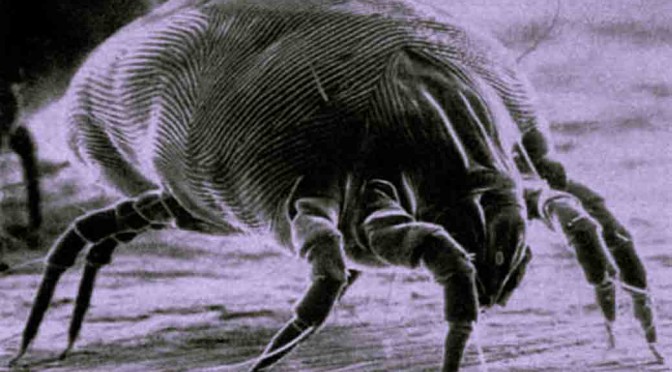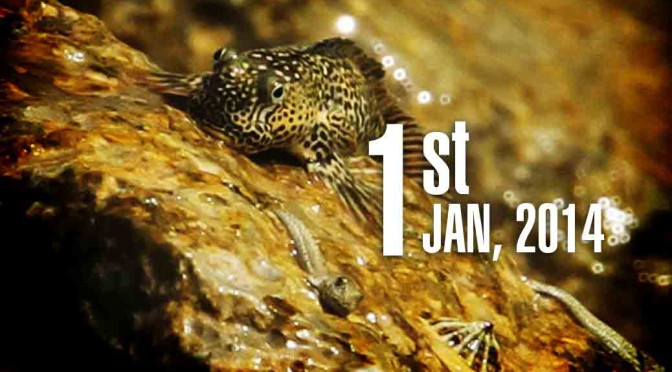By Anupum Pant
Tectonic plates float at a certain elevation on Earth. This elevation is decided by what lies on the plate. So, depending on the density and thickness of the matter that is present on a tectonic plate, the plate adjusts its elevation to maintain a gravitational equilibrium between the uppermost solid mantle and the mechanically weak layer – Asthenosphere – which lies just below it. This is call Isostasy.
During the Ice age when the land masses were covered in ice sheets up to 3 kilometres thick, the landmasses got depressed. This was about 20,000 years ago (last part of the last ice age) when the massive ice weight made the mechanically weak mantle below the solid mantle, deform. Under pressure, the semi-solid-ish mantle below, started flowing to other places where the solid mantle was higher and allowed a greater place for the ductiley flowing mantle below the plates.
When this period ended, the glaciers started retreating and the landmasses started rising from depression. Now, since the mantle below is not totally liquid, it took a lot of time for it to rush back into place from where it was displaced by the primitive heavy ice covered land. In fact, at some places on Earth, this rebound is still happening – This is known as the post glacial rebound.
This can be seen in some parts of Finland, where the land around the Gulf of Bothnia rises about 1 cm each year to maintain the gravitational equilibrium between the Lithosphere (solid mass) and the Asthenosphere (the semi-solid-ish stuff below the solid mass)! As a result the land which was previously below sea, rises upwards and Finland expands in area – about 7 Square kilometres annually. This rise has been recorded by the BIFROST GPS network. And is estimated to continue for the next 10,000 years, not necessarily at the same rate.
via [Post Glacial rebound]






